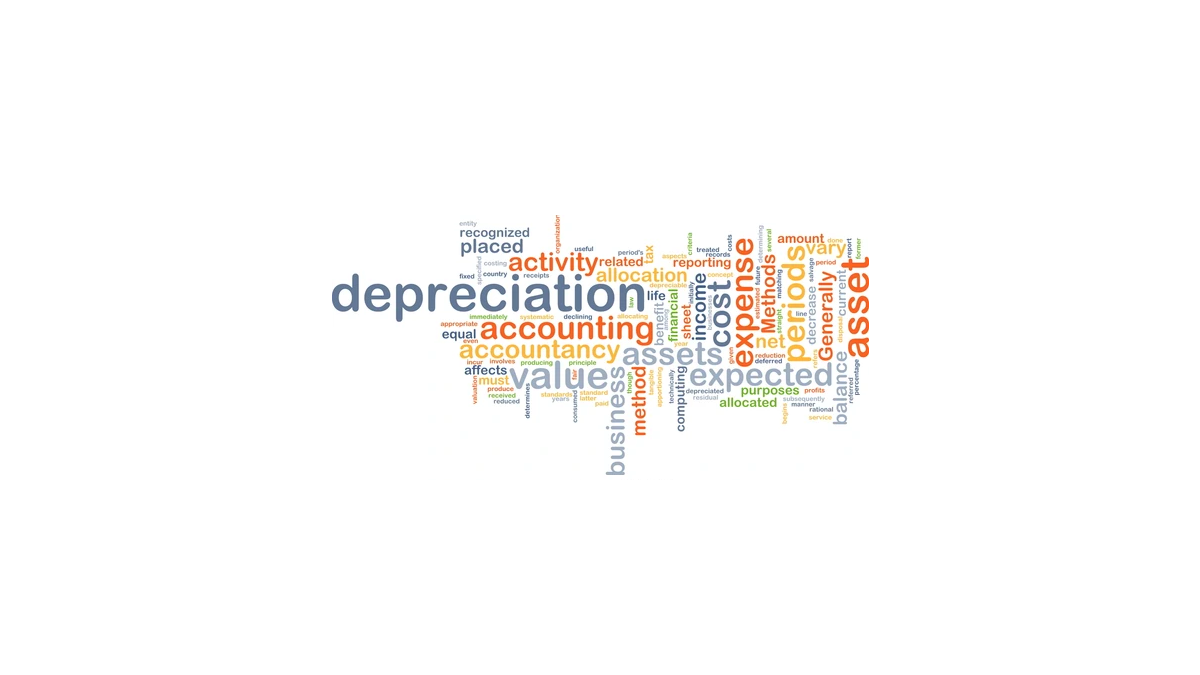Straight Line Depreciation and Reducing Balance Depreciation
Straight Line Depreciation
This refers to the approach of charging the cost of an asset evenly over the period that such an asset will be useful and it is the best approach to use when;
- There is no actual estimate of the pattern of economic benefits that the asset is anticipated to deliver over its useful life.
- Economic benefits of an asset are expected to be realized evenly over its useful life.
This kind of depreciation is calculated as shown below.
Depreciation per Annum = (cost – Residual Value) x Rate of depreciation
- Cost – refers to any expenses incurred in acquiring or building the asset added to its cost.
- Residual value – refers to the return that will be realized from the sale of the asset when it is finally disposed at the end of its useful life. It is also known as scrap value.
- Rate of depreciation – refers to the percentage of useful life that is consumed in a given accounting period.
- Useful life – refers to the period that the asset is expected to be in use from the day it is available for use up to when it ceases to be of use or is finally disposed.
Tip: the depreciation expense should be adjusted downwards to avoid charging it for the period when the asset was not actually in use over a specific accounting period. This should be factored in from when the asset is acquired up to when it is disposed.
Reducing Balance Depreciation
This is the method that bases its calculation on charging a higher rate in the initial stages of an asset’s life and is an approach best suited for any kind of asset that has a high usage in the initial stages of its life. Depreciation of the asset in this case decreases as the life of the asset advances.
Tip: when using this method, for depreciation to be charged fully, the depreciation of the asset’s useful life in the final year will be the difference between the net book value at the beginning of the accounting period and the estimated residual value.


